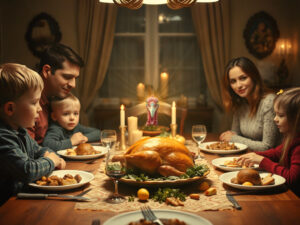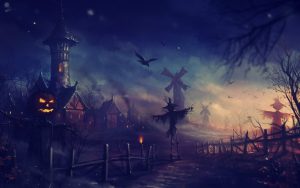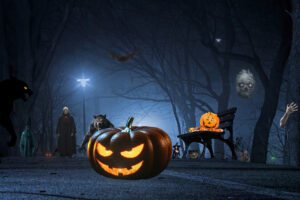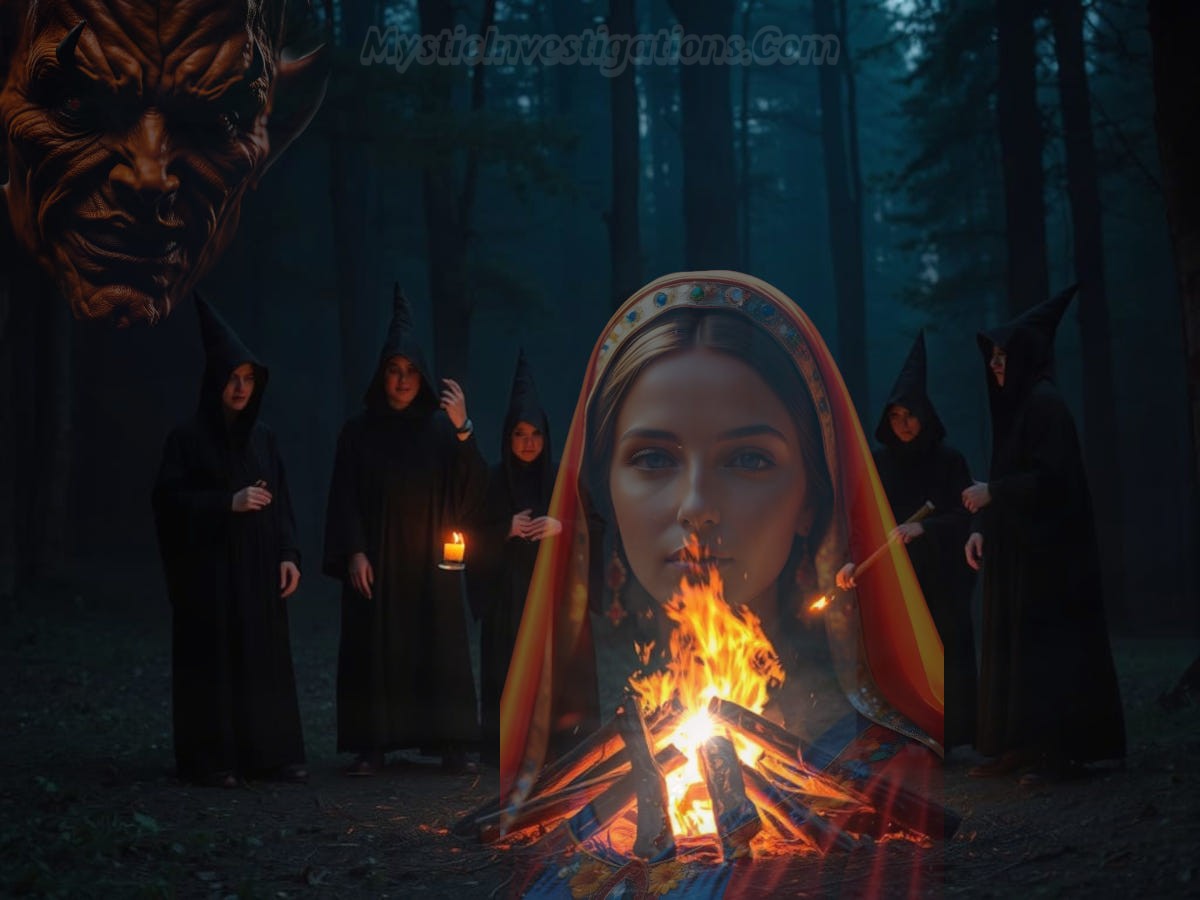
Walpurgisnacht, celebrated on the night of April 30th into May 1st, is a traditional spring festival rooted in Germanic and Central European folklore. It is named after Saint Walpurga, an 8th-century English missionary who was canonized on May 1st. Over time, her feast day merged with earlier pagan traditions that marked the transition from winter to spring. The result was a night of bonfires, dancing, mischief, and tales of witches gathering on mountaintops, most famously on the Brocken, the highest peak in Germany’s Harz Mountains.
The Second Halloween
Often referred to in modern times as a “Second Halloween,” Walpurgisnacht shares several eerie similarities with the October holiday. Both are associated with the supernatural, particularly witches and spirits. Historically, people believed that on this nefarious night, witches flew on broomsticks to attend a great sabbath where they communed with the Devil. To protect themselves, villagers would light fires, ring church bells, and hang sprigs of blessed herbs or crosses over their doors. In later times, they would pray to Saint Walpurga, who was known to battle dark witches during her life. The air of mystery and ritual has helped the night maintain a dark, enchanting allure.
The Differences Between Halloween And Walpurgisnacht
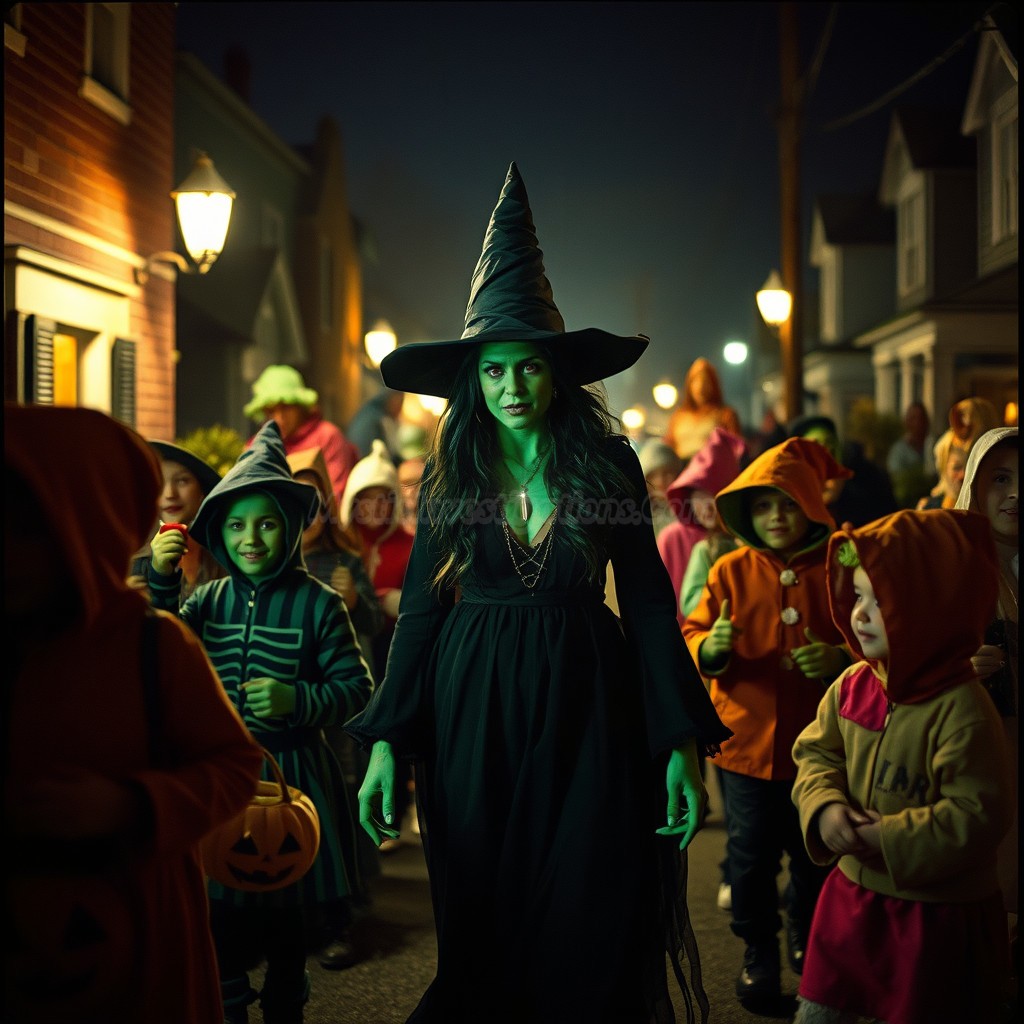
However, while Halloween is rooted in themes of death and the afterlife, stemming from Celtic Samhain, Walpurgisnacht symbolizes rebirth and fertility. It serves as a liminal space between seasons, where the last traces of winter are symbolically burned away to make room for new life. In this way, Walpurgisnacht is as much a celebration of vitality as it is of the otherworldly. Communities often gather for folk music, maypole dances, and theatrical performances, blurring the line between sacred tradition and festive revelry.
How Is Walpurgisnacht Celebrated?
In modern Germany and parts of Scandinavia, Walpurgisnacht is still celebrated with bonfires, fireworks, and parades. Within Sweden, where it is called Valborg, students especially embrace the holiday with large outdoor gatherings, choral singing, and spring-themed festivities. Finland has evolved the holiday into Vappu, a joyful event tied to workers’ rights and student pride, marked with champagne, balloons, and costumes. While not always spooky, echoes of the mystical origins linger in the imagery of witches and the night’s charged atmosphere.
Popular culture has embraced Walpurgisnacht as well, particularly in literature and film. Goethe’s Faust contains a famous scene depicting a Walpurgisnacht gathering filled with devils and witches, symbolizing chaos and temptation. Horror films and gothic fiction have drawn on its occult reputation, further cementing its association with the macabre. The blending of spring’s optimism with dark folklore makes Walpurgisnacht a uniquely layered holiday—joyous yet unsettling.
Walpurgisnacht In The Modern Era
In recent years, the holiday has been rediscovered by neopagans, witches, and fans of the supernatural, who view it as a time for rituals of renewal and spiritual connection. In alternative communities, it’s embraced much like Halloween: a night to honor old magic, wear costumes, light candles, and dance into the changing season. Whether seen as a spring rite, a folk festival, or a spooky celebration, Walpurgisnacht remains a fascinating counterpart to Halloween—a festival that bridges the natural and the mystical, winter and summer, the sacred and the wild.🎃
The Differences Between Walpurgisnacht and Beltane
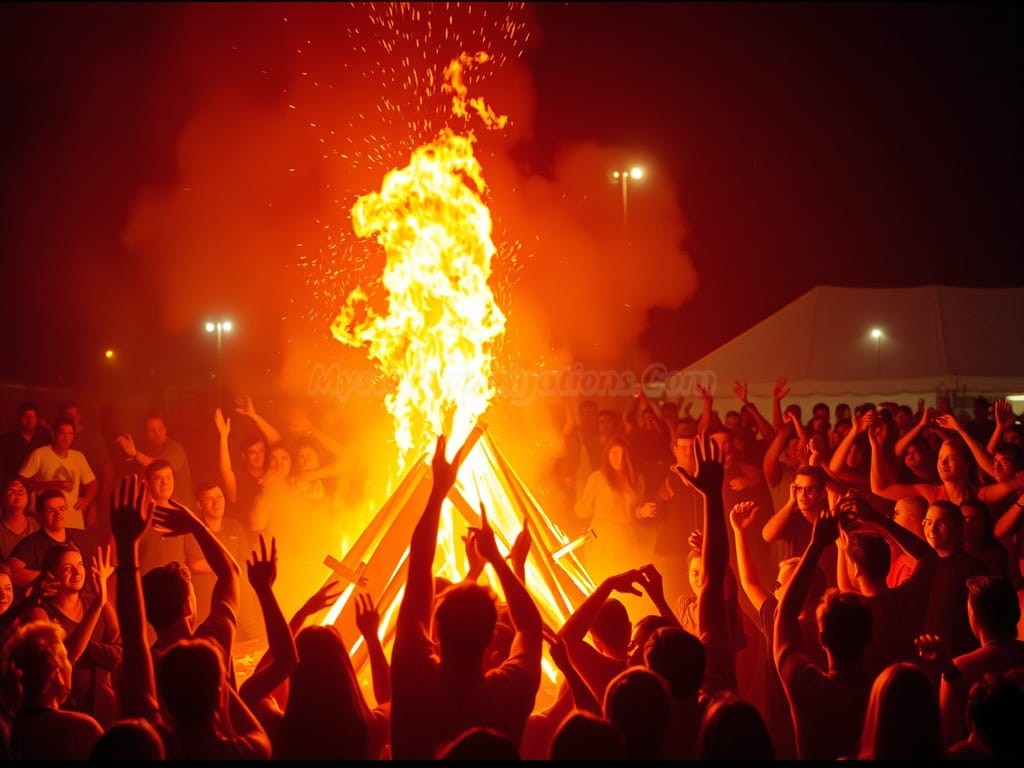
Walpurgisnacht and Beltane are closely related in both timing and theme since they are both celebrated on the night of April 30th leading into May 1st. Both holidays mark the seasonal shift from spring to summer. At their core, both festivals are rooted in ancient pagan traditions and serve as liminal moments in the calendar. Times when the veil between worlds is thought to be thinner than usual. Both are characterized by bonfire rituals, which symbolize purification and the driving away of winter’s lingering darkness. Communities celebrate fertility, renewal, and the vitality of nature through dancing, feasting, and various rites meant to encourage growth and abundance. The celebration of life, love, and the awakening of the land connects both holidays in spirit and symbolism.
Despite this, Walpurgisnacht and Beltane differ significantly in their cultural origins and tone. Walpurgisnacht, especially in its Germanic context, is heavily steeped in folklore surrounding witches, spirits, and supernatural gatherings. It carries a darker, more mysterious aesthetic often with similarities to Samhain. In contrast, Beltane is a Celtic festival with a more overtly celebratory and sensual tone, emphasizing union, fertility, and the sacred marriage of earth and sky. While Walpurgisnacht retains some Christian overlays, having been named after Saint Walpurga, Beltane remains more explicitly pagan in nature. Despite these differences, both festivals ultimately reflect humanity’s ancient connection to seasonal change, ritual fire, and the eternal cycle of life and death.🔥

